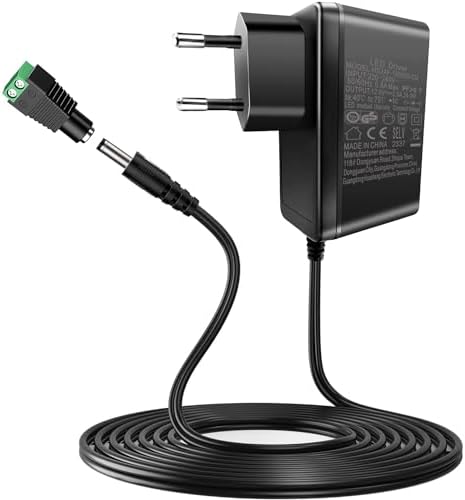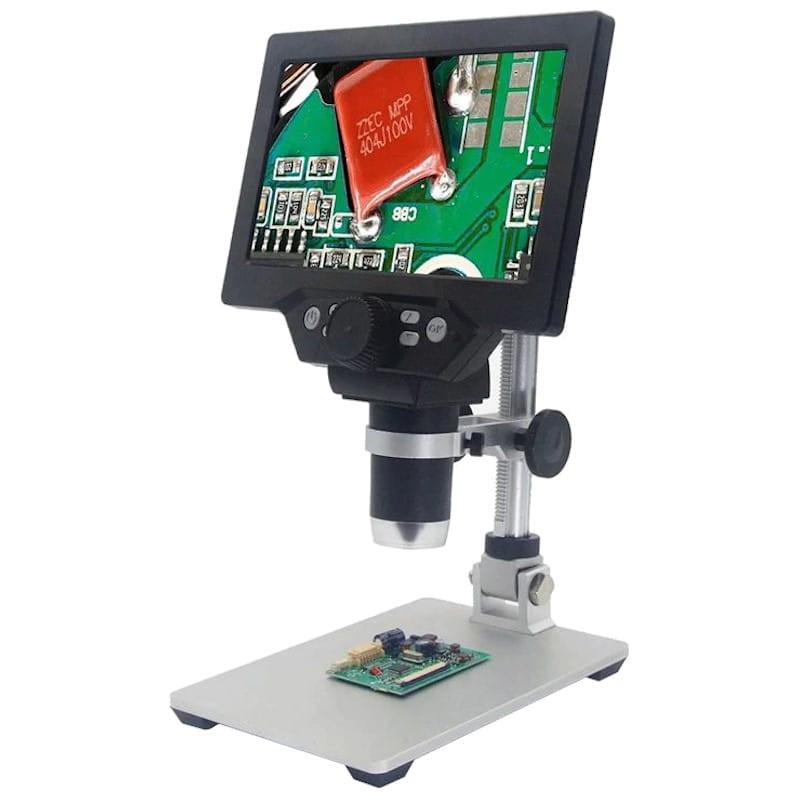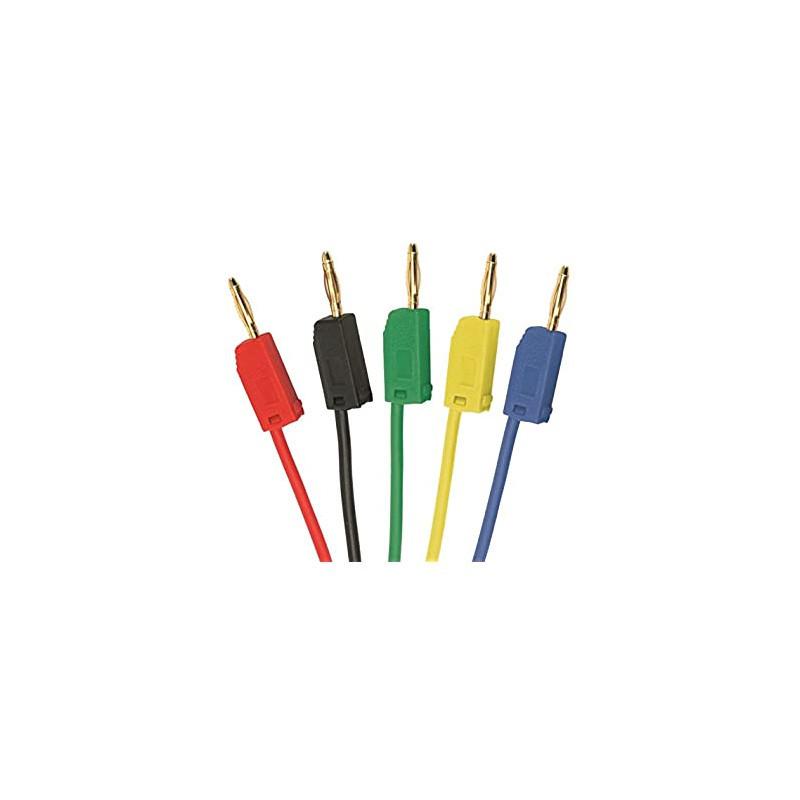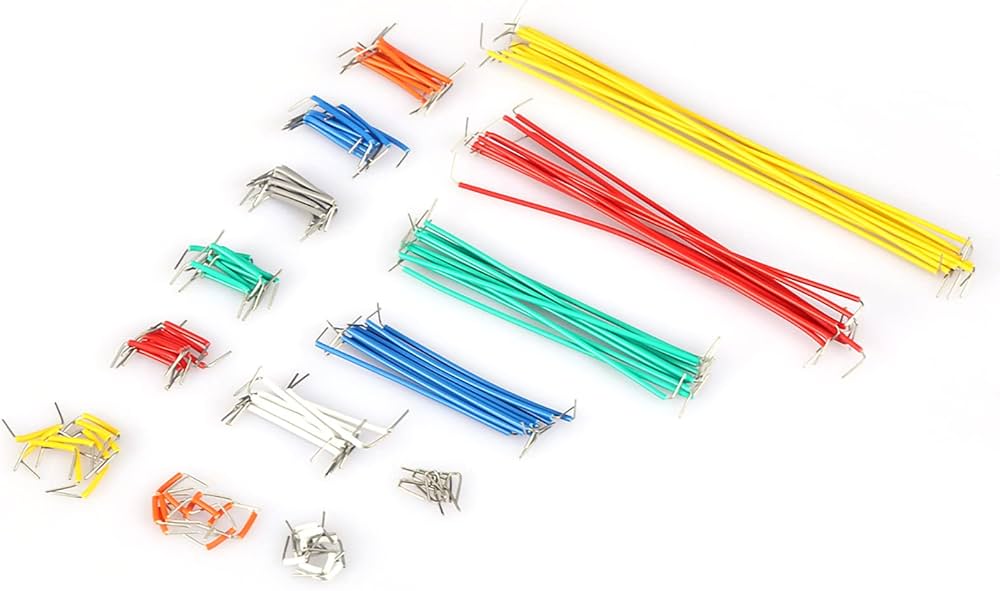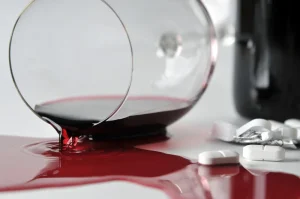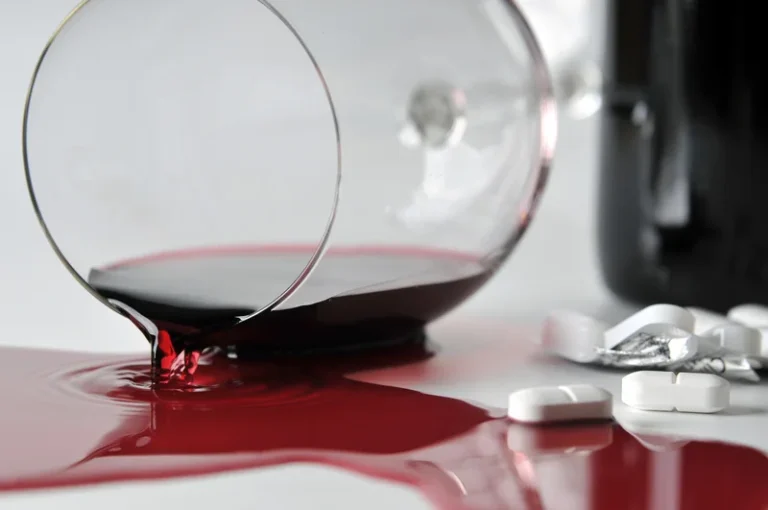Alternatives to Mindful Drinking: 5 Proven Techniques for Cutting Back on Alcohol Consumption Leave a comment

This sense of community and accountability can be a powerful motivator to stick with a workout routine and avoid falling back into old drinking habits. Consider opening up to trusted friends or family members about your decision to reduce your alcohol consumption. Share your how to control drinking reasons for making this change and let them know how they can best support you in your journey.

(That can be helpful in dealing with urges to use drugs, too)

To determine whether—and where—you fall in Substance abuse the alcohol use disorder (AUD) spectrum, answer the following questions.
Close to Home, Closer to Hope: Alcohol Treatment Centers Near Me
When socializing or relaxing at home, opt for mocktails, herbal teas, or sparkling water with fruit instead of your usual drink of choice. Experiment with different flavors and combinations to find satisfying alternatives that you enjoy. Next, identify your reasons for wanting to reduce your alcohol consumption. These could include improving your health, saving money, or enhancing your relationships. Understanding your motivations will help you stay focused and committed to your goals, even when faced with temptations or setbacks. Fortunately, urges to drink are short-lived, predictable, and controllable.
How to Drink Less or Drink Moderately: Medication and Other Strategies
Whenever you do drink, take a quick note of how much alcohol you’ve consumed. This gives you a clear and achievable goal to work toward and allows you to see your progress as you gradually cut back on your intake. Breaking free from alcohol can be a tough journey, especially when you’re constantly exposed to it in social situations. The struggle to stay sober throughout a week becomes even more daunting, especially if you’ve been using alcohol as a coping mechanism for the challenges of daily life.
This might include inviting you to participate in alcohol-free social activities, checking in with you regularly, or simply being available to talk when you need someone to listen. To gain a better understanding of your drinking habits, start tracking your alcohol consumption. Keep a journal or use a mobile app to record how much and how often you drink. Note the situations, emotions, or triggers that lead you to reach for a drink.
You may already tried different ways of helping, but sometimes it seems like they always end up in the exact same way. No, not directly, but it does detrimentally injure the brain as a neurotoxin. It can even cause structural changes in the brain, such as shrinking the brain tissue. It’s important not to stop drinking suddenly as this can be dangerous. Check out the Sober Powered Podcast to learn more about how alcohol affects the brain. Cycling and swimming are also great options for those who enjoy exploring new routes or prefer low-impact exercises.
- Internal triggers are thoughts, feelings, sensations, and beliefs inside you that feed your cravings for alcohol.
- Have you ever been out to dinner and the first person to order gets an espresso martini and then suddenly everyone else at the table orders an espresso martini?
- Find activities that are mentally and emotionally nourishing and bring you joy, and identify ways to connect socially with friends, says Witkiewitz.
- Some research has found that goal-setting for both abstinence and moderation can lead to lower overall alcohol consumption 1.
- By taking control of your alcohol consumption, you’re investing in a brighter, more fulfilling future for yourself and those around you.
Enjoy Freedom without cravings & temptation
While the recovery process isn’t easy, helping them get the support they need is crucial for the health and wellbeing of your loved ones. If you believe you or a loved one may be an alcoholic, reach out for professional support to help, you get connected with the right resources. You can also take the lead in other ways by volunteering to host or inviting people to get togethers where alcohol isn’t center-stage or even present at all, says Young. Game or craft nights, bowling, museum-exploring, and pottery are all things that can be done sans-alcohol (though your friends might bring some anyway).
MAT involves the use of medications along with other therapies to help balance the brain chemicals that are impacted by alcohol can help achieve sobriety and maintain recovery. Some medications, such as Naltrexone, have been shown in clinical trials to help stop drinking. Creating a safe and open environment means you listen to them when they express themselves and don’t pass judgment or criticism. You offer them a place where they can go for support and where they are not scared, to be honest.
Instead of pregaming your date with a White Claw, turn on your favorite pump-up playlist to boost your confidence or try a quickie yoga meditation to quiet your nerves. If you show up to a social event and suddenly feel a little overwhelmed and nervous, head over to the bathroom for a deep-breathing break. This also might be a good time to call on the friend you’ve told about your decreased-drinking goals. While you don’t need to discuss your drinking habits with everyone, bringing a few friends in on your intention is a good idea, says Treloar Padovano.



